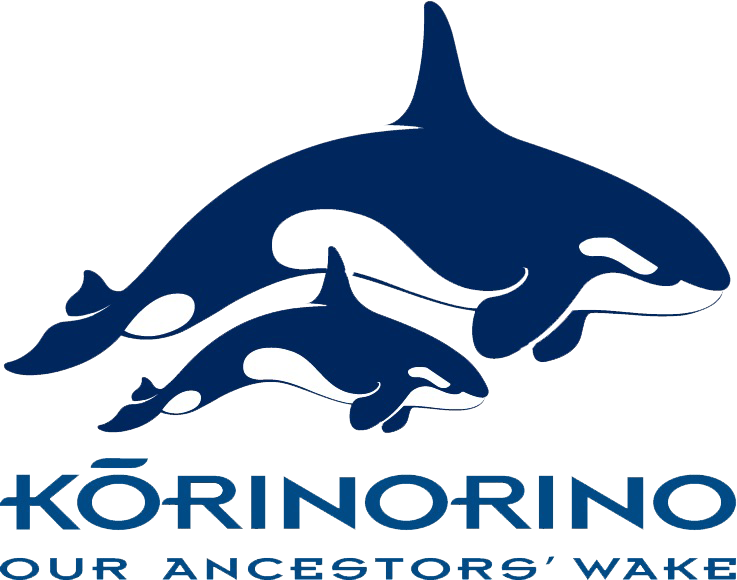
TE WERO
OUR CHALLENGE
New Zealanders have made it clear that the current gaps in knowledge of our histories are not okay. Imbalance in how our history is told and valued contributes to enduring inequity between tangata whenua and tauiwi.
New Zealanders have also made it clear that they want the next generation to be able to apply lessons from the past as they shape our future.
Your challenge is to research and retell an aspect of your local history.
SETTING THE SCENE
The then New Zealand Prime Minister Jacinda Adern in her speech to the nation on Waitangi Day 2022 said ...
"We are a country that takes pride in our heritage. A small island nation in the Pacific with voyaging roots from both Hawaiki and Europe. Across Aotearoa there are stories of our arrival, stories of settlement, stories of conflict and of unity, of hope and hardship. These stories are our stories. And learning, sharing and acknowledging these stories that trace back to many different shores is crucial to our connections to one another."
"I look forward to the future where our tamariki come home and share with us the history of our country and the places where they live and grow."
FINDING OUR WAY
One thing that unites tangata whenua and tauiwi is the journeys made across the ocean to arrive at Aotearoa New Zealand. Both groups of people navigated their way to these shores using the stars and other wayfinding signs in nature. Let's spend a bit of time learning about different ways of navigating and mapping a course.

Latitude, Longitude and the GPS
How do latitude, longitude and the GPS work and how are they used?
TANGATA WHENUA MEETS TAUIWI
Having made epic journeys to these shores tangata whenua and tauiwi began interacting with each other. Let's spend some time exploring what the early interactions were like in general as well as in your place specifically.
OUR TŪRANGAWAEWAE
Time to zoom in a bit further. Let's spend a bit of time learning about your place in the world and how we each came to be here, as well as the signs of what came before us that are still here in our place.

How did I get here?
When and how did your whanau come to Aotearoa and where did they come from originally?

What's in a name?
Choose a local street or place name and find out where it came from.
If you have found out interesting facts we'd love to share them on the RŪNĀ Facebook page. Email your facts and insights to: alisa@yachtingnz.org.nz


Yachting New Zealand
PO Box 33 1487, Takapuna, Auckland 0740









 Admin Login
Admin Login